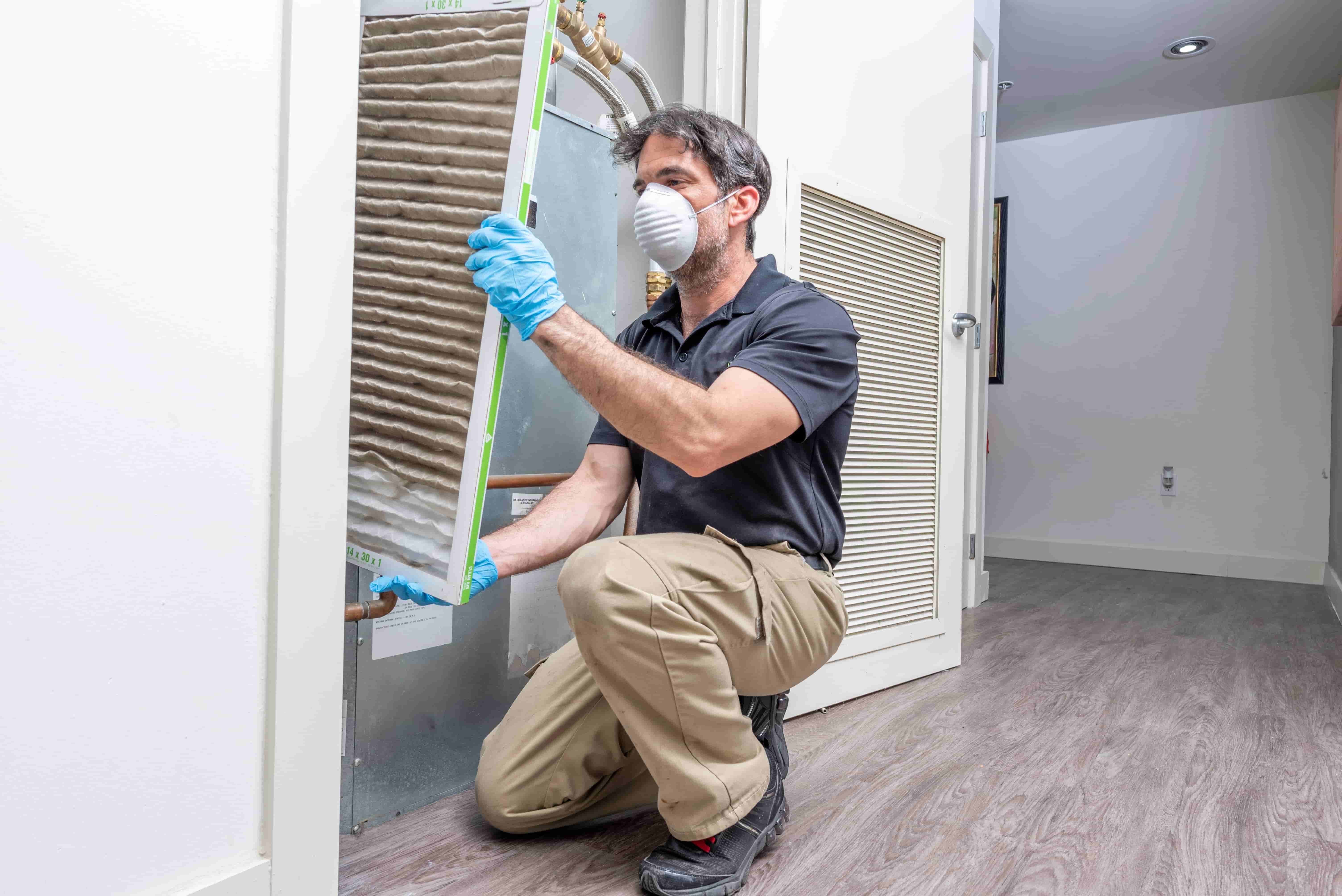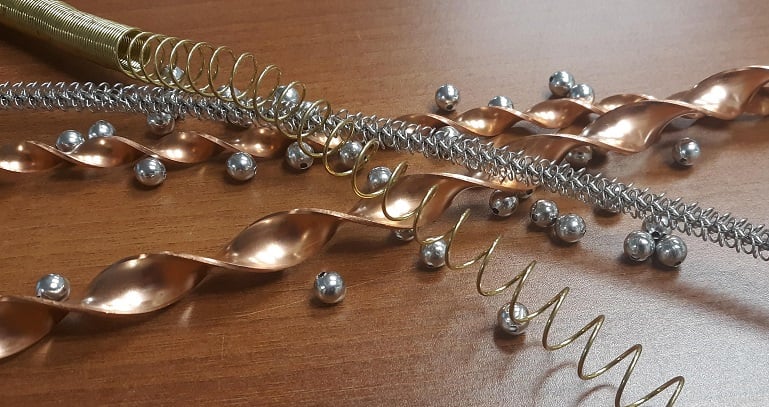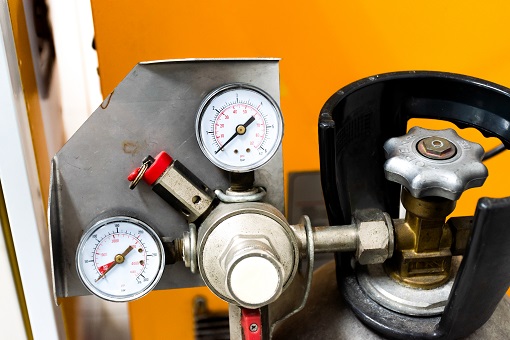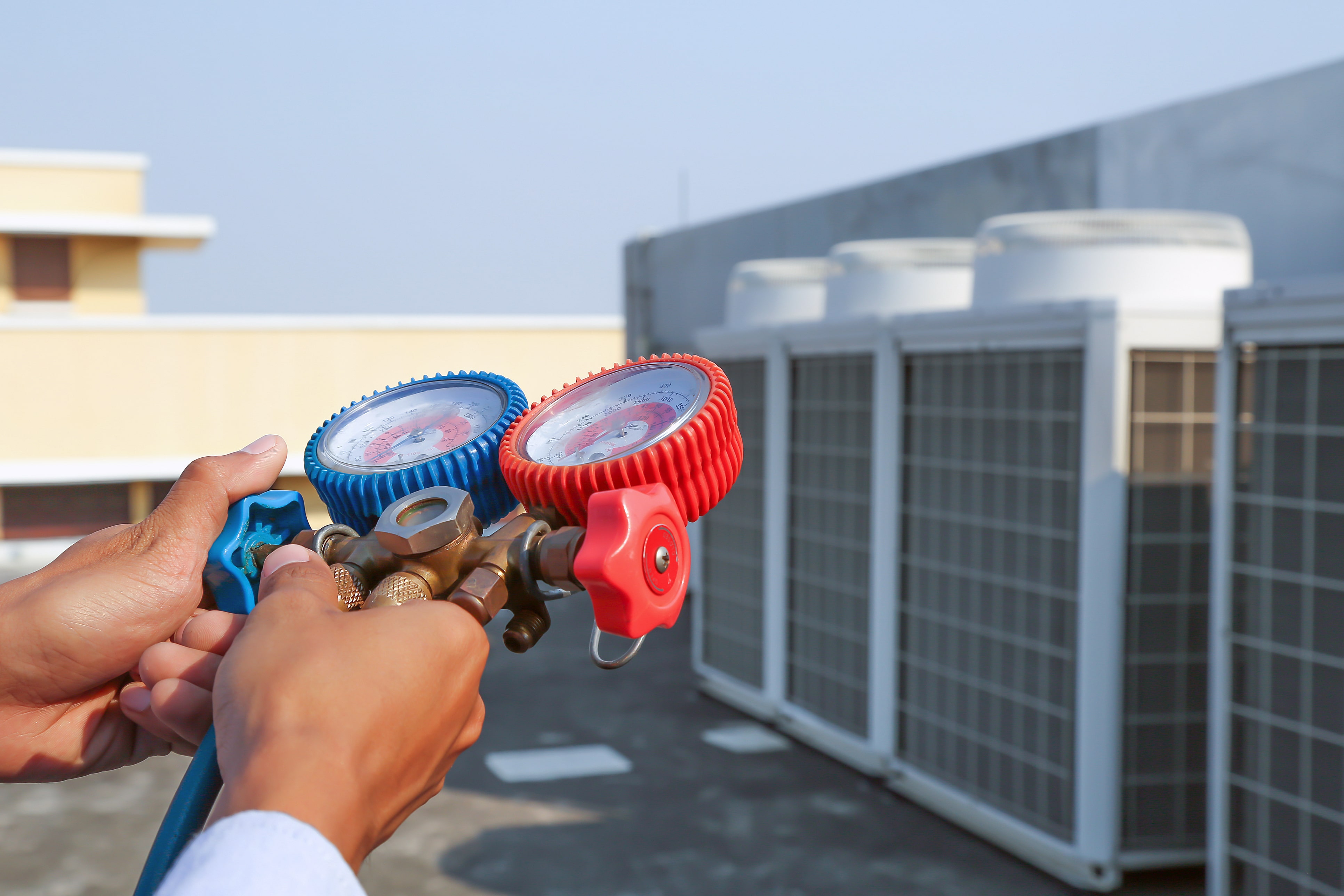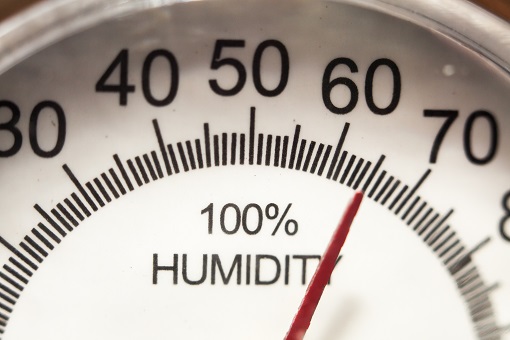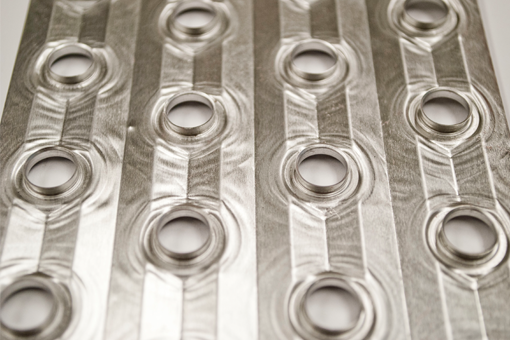In many of the industries we serve, heat exchangers made with copper tubes and aluminum fin are extremely popular, and very often, these materials are a terrific choice. But copper and aluminum aren’t suited for everything. At Super Radiator Coils, the needs of many of our customers often dictate that we explore and understand alternative materials.
Read More
Topics:
Gas Compression,
Military,
Power Generation,
Coils,
Heat Exchangers,
Nuclear Products,
Expertise,
Quality,
Engineering
In March of this year, doctors and scientists responded quickly with information on COVID-19 to keep individuals – and the public at large – safe from the spread of the airborne illness. As healthcare workers and researchers worked around the clock, the heating, ventilation, air conditioning and refrigeration industry mobilized too.
Read More
In fin tube heat exchangers, the fluid (gas/water/glycol/refrigerant/etc.) circulating through the coil’s tubes is extremely important for the coil’s overall performance – it’s half the battle, along with airside heat transfer. The degree to which the fluid contacts the tube walls affects the coil’s performance and influences a system's overall efficiency – the more the fluid comes into contact with the tube wall, the better – and more economical – the heat transfer.
Read More
Topics:
Coils,
Heat Exchangers,
Efficiency,
Engineering
Fin tube heat exchangers are subject to fouling, which takes place as long as there is an airflow or waterflow in the unit. Defined as thermal resistance due to the accumulation of contaminants on heat transfer surfaces, fouling negatively affects heat exchanger efficiency, longevity, and increases system operating costs.
Read More
Topics:
Ground Support,
Computer & Electronics Cooling,
HVAC,
Coils,
Efficiency,
Turbine Inlet Air Cooling and Heating
Around 2010, the first refrigeration systems operating on transcritical CO2 began cropping up in North American supermarkets. Since then, usage of transcritical CO2 systems has grown steadily and they’ve become viable options for places like supermarkets, food warehouses, and ice rinks, as more organizations move away from traditional HFC refrigerants. Natural refrigerant market accelerator Shecco estimates that transcritical CO2 systems grew from 140 in 2008 (all in Europe) to more than 35,000 systems worldwide today.
Read More
Topics:
Food Storage & Processing,
HVAC,
Expertise,
Engineering,
Refrigerants
There are dozens of commercially available refrigerant options on the market today, including numerous refrigerant blends, which aim to replicate the effectiveness of former workhorses like R22, the production of which was made illegal as of January of this year. Two popular examples of refrigerants developed in the last 30 years or so that are used in the HVAC industry are R-410A and R-407C. These two refrigerants are often used for similar applications, but they have some marked differences that should be understood and considered when deciding between them.
Read More
Topics:
HVAC,
Coils,
Efficiency,
Expertise,
Refrigerants
Systems designed to cool air, whether for HVAC, industrial facilities, or manufacturing operations all have to address it. Failure to address it can lead to botched processes, reduced production, ruined equipment or uncomfortable building occupants. It can be expressed in percentage, lb./lb., wet bulb temperature, or other metrics. The silent “it” is humidity. Put simply, humidity is a measure of the amount of water vapor in the air, and while overlooking this simple measure can be costly, it can also be readily addressed during system design.
Like what you're reading? Subscribe to our blog and never miss a post!
Read More
Topics:
Coils,
Efficiency,
Expertise,
Engineering
We serve a diverse customer base at Super Radiator, one segment of which are what’s known as original equipment manufacturers (OEMs). Though we classify them together, OEMs and their respective industries all operate differently. Some customers are recurring business – they need coils every week consistently over a given timeframe – we’ve seen this with commercial HVAC or datacenter OEMs. Other customers need us to supply coils for projects that may arise infrequently over a period of years, which describes industries like transit cooling.
Read More
Topics:
Refrigerated Display Case,
Ground Support,
Computer & Electronics Cooling,
HVAC,
Coils,
Efficiency
Oftentimes, using stainless steel components seems like a simple solution to corrosion on coils. You may see fins or tubes or other parts of the system show signs of corrosion, and it seems that the best option is to change the coil to stainless steel, solving the corrosion problem permanently. While this seems like a simple solution to a significant problem in the HVAC, industrial, and commercial systems where coils are found, the answer to the question “should I make an all-stainless coil?” is far more complex.
Read More
Topics:
Gas Compression,
Refrigerated Display Case,
Food Storage & Processing,
Power Generation,
Heat Exchangers,
Expertise,
Engineering
In plate fin heat exchangers, the fins themselves play a critical role. They provide the extended surface area needed to achieve effective heat transfer between a gas on the finside and a fluid on the tubeside.
Read More
Topics:
Gas Compression,
Refrigerated Display Case,
Food Storage & Processing,
Ground Support,
Computer & Electronics Cooling,
Power Generation,
HVAC,
Coils,
Efficiency,
Engineering



